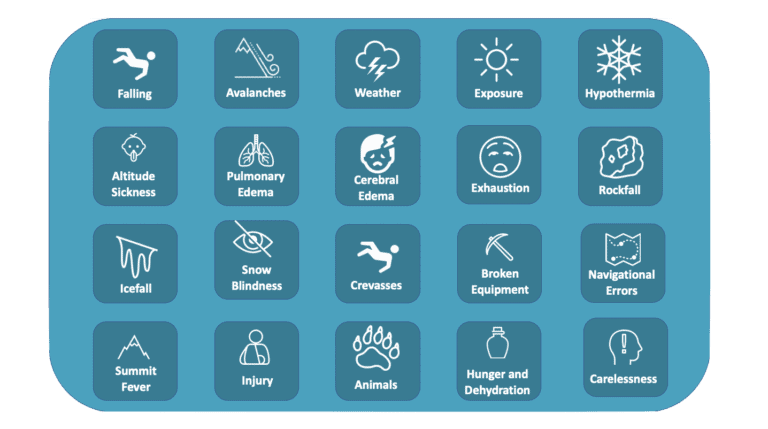Falling is one of the baseline fears that humans face, and for good reason. A fall from as little as ten feet is enough to suffer a life-changing injury, so this is something you want to avoid at all costs.
Often while mountain climbing you find yourself in ‘no-fall zones’ — areas where you don’t have any protection (ropes, harnesses, etc.) and a fall would result in death. In such situations, it’s essential to know that you’re within your own personal limits before you enter the no fall zone.
Reading route descriptions, listening to more experienced people, and practicing on easier terrain will all allow you to judge mountains and know if you’re good enough to venture into their no-fall zones without pushing yourself too far.


















